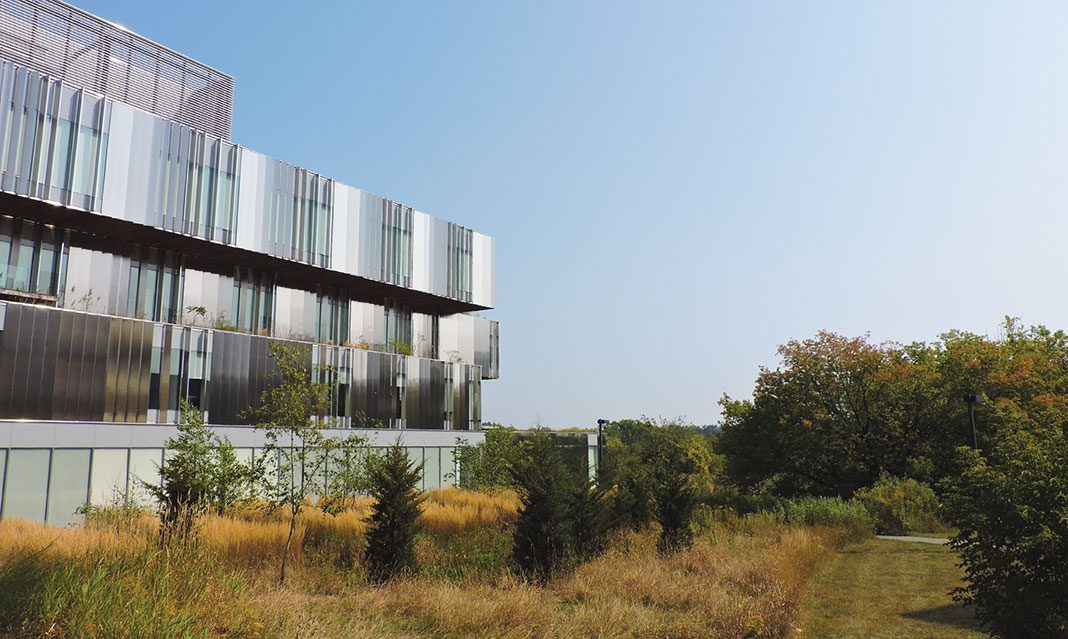The Campus Affairs Committee meeting last week approved the recommendation for a new science building at UTM to be built behind the current William G. Davis Building. It is expected to be completed by the year 2021.
UTM principal Ulrich Krull discussed that the creation of a science building has been a goal for about twenty years, and that plans had been drawn up in 2001, 2006, and 2009. Now in 2017, the recommendation of the project has been approved and is moving forward.
“There is a tremendous amount of work that has already been done in terms of planning and discussion,” he stated. According to Krull, design, cost, and the necessity of the building have all been considered.
The building is funded by UTM Capital Reserves, long-term borrowing, and donations or funds. It will be designed according to Leadership in Energy and Environmental Design, a green building certification program. LEED is, although costly, more environmentally friendly which would help reduce UTM’s ecological footprint. Several of UTM’s current buildings have followed LEED design, including the Instructional Building, Hazel McCallion Academic Learning Centre, the Health Sciences Complex, Innovation Complex, and Deerfield Hall.
“This is a historical moment in terms of UTM’s positioning because this building is a research building,” said Krull. He emphasised that this building will be primarily used for research purposes as opposed to traditional teaching facilities and lecture halls.
There are currently only conceptual drawings of the building, which are designed to give an idea about the scale and the size of it. No architectural images are available yet.
Krull stated that any new faculty for the building will not be hired until the building is complete. The hiring process will go simultaneously with the construction.
The Campus Affairs Committee also discussed the operating budget for the current year.
After being approved for recommendation, the proposal for the new science building will move through governance levels until approved officially by the Governing Council at the St. George campus.
The operating budget for UTM is based on a five-year timeline and is informed by the tuition of the global and Canadian markets. The funding that the campus receives is based on metrics. Each year, it has a balanced budget at the institutional level, of which tuition fees make up 61 per cent. The operating grants make up 27 per cent, but they do not go up on a yearly basis. University operations take up 27 per cent of the budget while libraries take up 25 per cent.
U of T spends more on its libraries than any other university in North America, after Harvard, Yale, and Princeton. Vice-president of university operations, professor Scott Mabury, mentioned that the university is not required to spend a large sum of money on the campus’ libraries. He stated that those costs could easily be directed towards other expenses, yet U of T considers libraries crucial to superior academic learning and sees them as an essential resource for its students.
According to Mabury’s presentation, universities are required to spend $35.5 million on student support such as bursaries and grants, while UTM spends about $65 million. Mabury remarked that UTM privileges the classroom and student learning experience over shared spaces.
The next campus affairs meeting will be held on January 9th of 2018.



